Idea, concept, drawing, model. A structural project goes through many steps before being built. The physical models are important tools in this process of searching for innovation, reducing risks by allowing safe experimentation.
The modular system of a physical model like Mola allows you to materialize what your imagination conceives in a precise and functional way. It enables tests and adjustments early in the design process, making it a great ally for your structural design projects.
In this article, we explain how the structural project of the Goián-Cerveira footbridge was designed and how Mola was used to test hypotheses and find solutions.
.
Goián-Cerveira footbridge: a cross-border cooperation project
Few structures are as symbolic as bridges. When there is the will to unite cities or countries, there are few better ways to expand circulation and create cultural interaction than by building bridges.
In the spirit of expanding connections between Spain and Portugal, an international competition was held to award a project designed to link the Espazo Fortaleza park in Goián-Tomiño (Spain) to the Castelinho park in Vila Nova de Cerveira (Portugal).

The Spanish companies Bernabeu Ingenieros and Burgos & Garrido Arquitectos designed the Goián-Cerveira footbridge for this competition, which is part of the Interreg VA Spain-Portugal (POCTEP) Programme, responsible for promoting cross-border cooperation projects with the support of the European Union.
By linking the two parks, the project will create the first cross-border park in Europe – Parque da Amizade – allowing pedestrians and cyclists to access the parks on both sides of the Miño River.
.
Preserving the environment through structural lightness
The design follows two main ideas: the proposal of a structure based on a hybrid structural typology; and the preservation of the landscape, aiming for minimum intrusion into the river and maximum structural lightness.

The structural design is based on hybrid typology research between a suspended structure and the horizontal arch effect of the deck.
The bridge overcomes a span of 265 meters. The deck is supported by the main cable – composed of two elements of 200 mm in diameter – and by two cables of 30 mm in diameter every 12 meters. Two pylons support the main cable and are placed one on each bank of the river, integrated with the preexisting trees.

The characteristics of this structure make possible a very slender deck – only 30 cm thick at the ends and 90 cm in the center – which reduces the project's interference in the landscape and helps to preserve the environment.

The structural engineers used digital models to assist the design of the footbridge, especially during the form-finding process, and to define the geometric configuration.
.
Using Mola to design the Goián-Cerveira footbridge
From the beginning, the engineering team aimed to have a qualitative understanding of the structural system they were designing and even used a human model, making it possible to feel the tension and compression forces in the structure.

To have a more precise and complete qualitative analysis, a physical model using Mola Structural Kits was also assembled, which helped to understand different aspects of structural behavior and the construction process.

Jorge Bernabeu, from Bernabeu Ingenieros, explains why it was important using Mola as a design tool:
"Mola helps as a physical model to make tests, trials and verify hypotheses. It is very real, visual, and physical. You can touch it with your hands and feel the structural response. On the other hand, it encourages the freedom of play. This second aspect is as important as the previous one or even more so."
During the design phase, the project drawings were sent to Brazil. With the drawings in hand, Márcio Sequeira – founder of Mola – and the structural engineers from Bernabeu Ingenieros held virtual meetings to experiment with different structural configurations. As a result, it was possible to assemble a final model representing the project's structural behavior faithfully.

Since the bridge has a horizontally curved shape, it was necessary to experiment with different solutions for the elements representing the deck. The final solution was to use pieces of foamboard cut in the appropriate format.
Also, different cables and adjustable length bars were used to simulate a simplified version of the bridge's structural scheme.
Jorge Bernabeu explains how Mola was crucial to the development of the final design:
"The joint of the hangers, both to the main cable and to the deck is an essential detail that is very cleverly solved with Mola. The cable is joined by 4 hangers with different angles and lengths.
Also, the anchoring of the main cable with the towers is a key joint and detail. During assembly, it collapsed several times. The tensile stress was at the limit of the magnetic force of the elements. This caused the structure to collapse. It was a warning about the importance of a particular joint in the safety of the overall structure."

The assembly process used temporary supports, which were important to adjust the length and tension of all cable arrangements in the structural system.
After all the cable adjustments were made, the temporary supports were removed. Still, a few adjustments were necessary to balance the deck. The final result is a model representing the same structural configuration of the original design, allowing a qualitative understanding of the structural phenomena in the footbridge.
After this process, the necessary parts were packed together with an assembly guide and sent to Spain so that Bernabeu engineers could experiment with the model with their own hands.

Bernabeu gives more details:
"Step by step, the temporary supports were removed symmetrically, from the center to the sides, regulating the tension of the hangers at each phase. It should be noted that the Mola hangers can also be easily adjusted, both with the balls of the hanger elements as well as with the adjustment screw. This made it possible to adjust the position of the deck.
In the process of the model, it was a challenge to adjust the hangers to achieve the geometry of equilibrium and the horizontality of the deck. The challenge of the model brought us ahead of the challenge of calculation and construction."

This model allowed experimenting on the assembly sequence, made it possible to perceive the relevance of rear compensation cables in balance and shape, and reinforced the importance of tension and length of the cables for the balance and elevation of the deck.
Jorge Bernabeu explains: "The Mola model itself followed its own construction process. The starting point was the deck supported on provisional piers. This was the most difficult part of the structural design."

The engineer also explains how Mola made the footbridge design process more fun:
"We have to say that we enjoyed making the model. This is very important and contributes to the enjoyment of the experimental design of structures. Designing should not be understood as a routine and deterministic calculation, but rather as a game and a challenge."
What do you think of the Goián-Cerveira footbridge project? How do you use Mola in your day-to-day structural design? Please share with us in the comments.
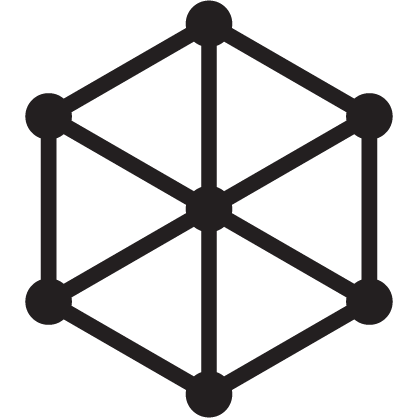
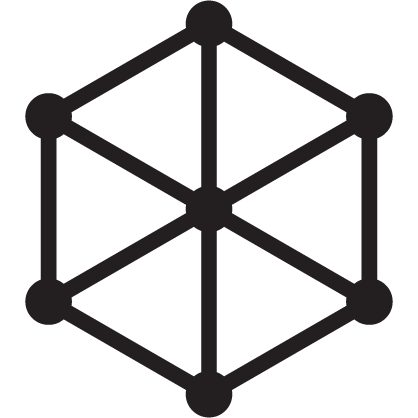


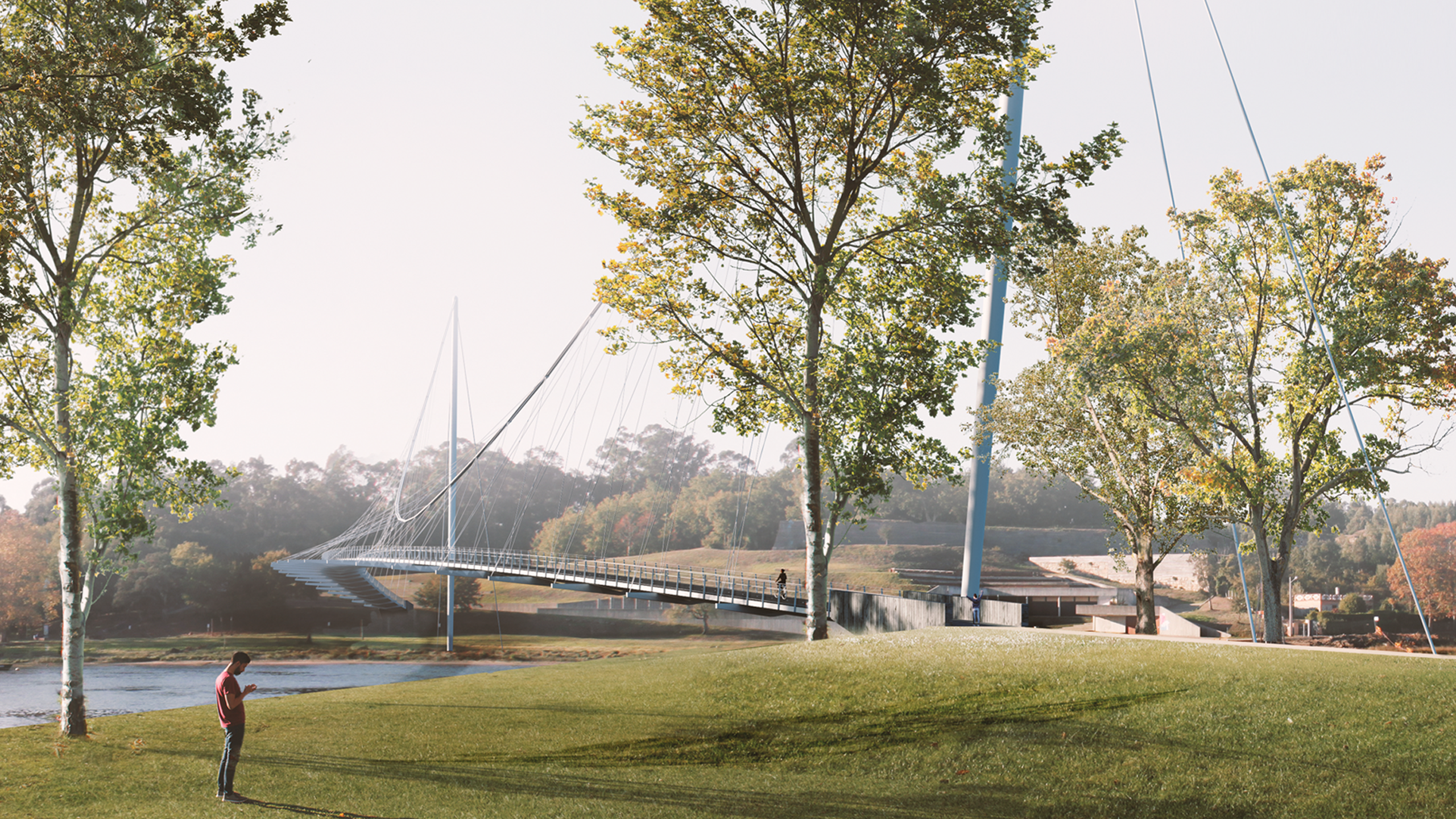
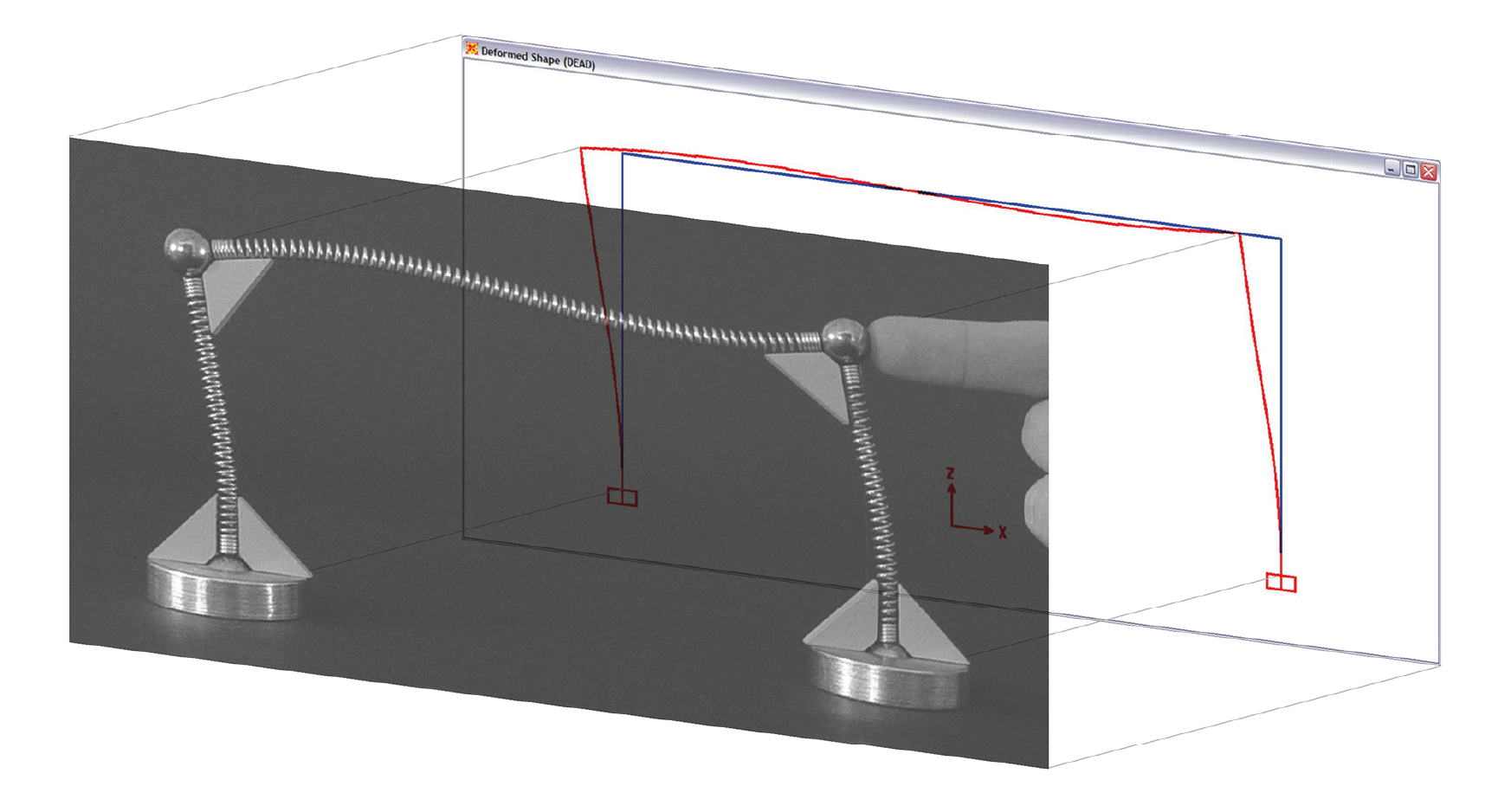
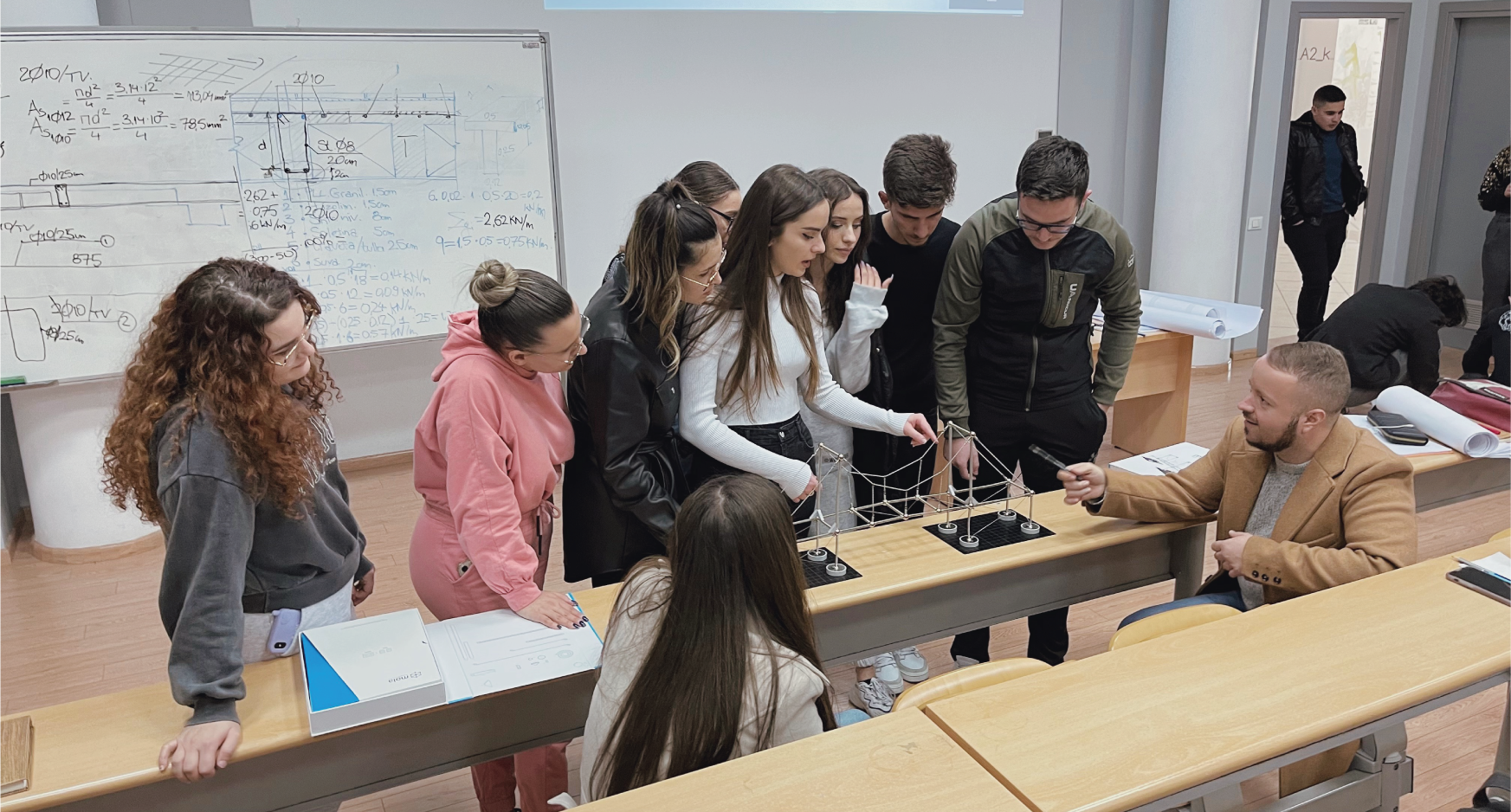
Share:
Shake Tables and Mola: a perfect fit
The POLIS University's innovative approach to teaching structures